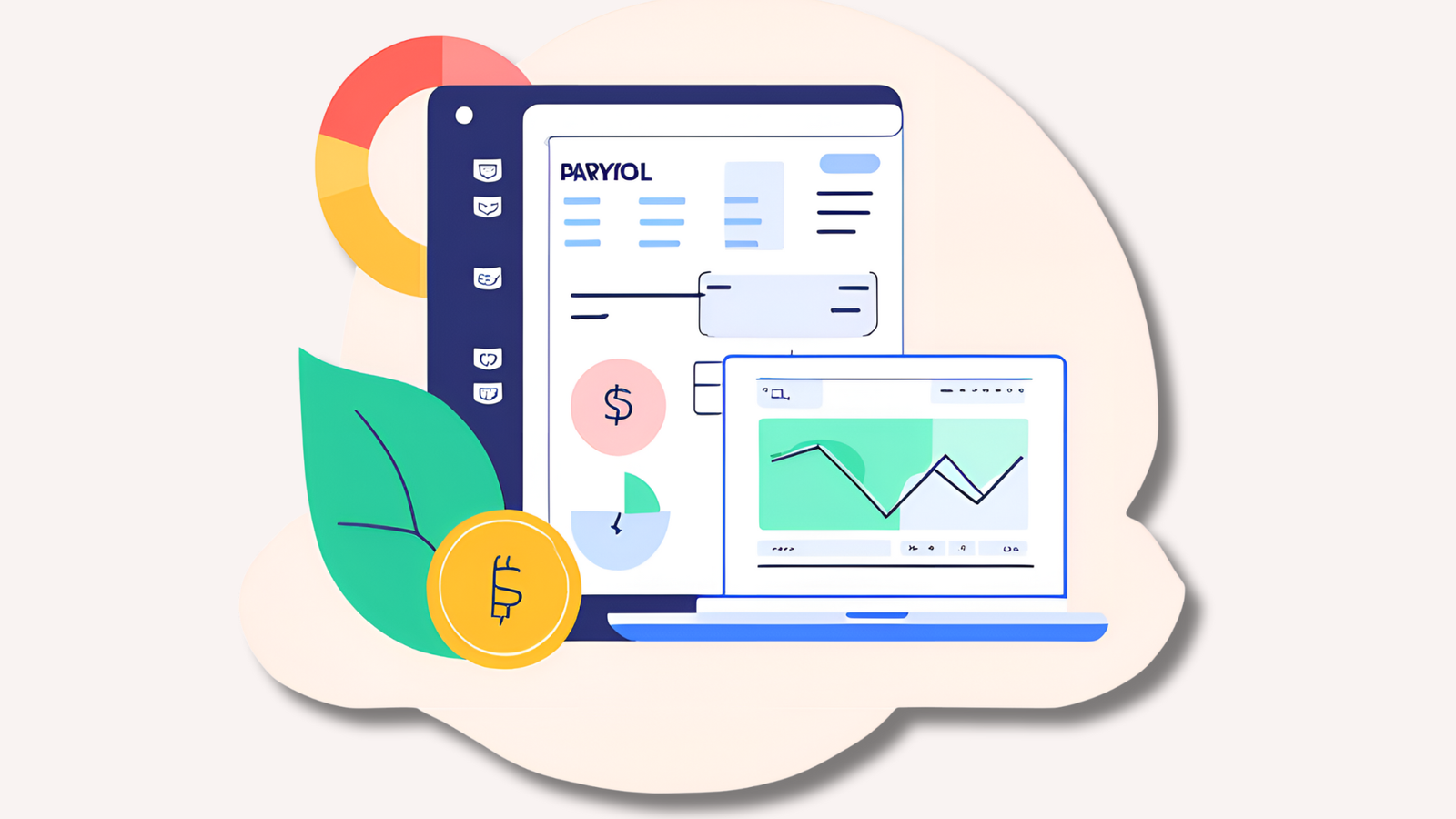The shift to remote and hybrid work models has transformed business operations, especially in payroll management. Ensuring timely and accurate payroll processing for a distributed workforce is crucial to maintaining employee trust and compliance. This is where payroll integration becomes a game-changer. By automating payroll processes and integrating them with HR and accounting systems, businesses can improve efficiency, reduce errors, and ensure seamless compliance with labor laws.
In this article, we explore the importance of payroll integration for remote and hybrid teams, its key benefits, challenges, and best practices for effective implementation.
The Growing Need for Payroll Integration in a Remote and Hybrid Workforce
1. The Shift Toward Remote and Hybrid Work
The global workforce has witnessed a significant shift towards remote and hybrid work models, driven by technological advancements and evolving employee preferences. Companies are increasingly adopting flexible work arrangements to attract and retain top talent. However, managing payroll for employees spread across different locations, tax jurisdictions, and payment systems presents complex challenges.
Payroll integration plays a crucial role in streamlining these processes by consolidating payroll data into a unified system, ensuring that payroll is accurate, compliant, and efficient.
2. Challenges in Payroll Management for Distributed Teams
Remote and hybrid work arrangements introduce several challenges in payroll management, including:
- Time Zone Differences: Payroll cycles must align with employees in different time zones, ensuring timely disbursements.
- Tax Compliance: Different states and countries have varying tax regulations, making payroll compliance difficult.
- Payment Preferences: Employees may prefer different modes of payment, requiring businesses to support multiple payroll options.
- Manual Errors: Traditional payroll processing increases the risk of miscalculations, delays, and compliance issues.
Payroll integration addresses these challenges by automating tax calculations, reducing administrative burdens, and ensuring accuracy in payroll disbursement.
Key Benefits of Payroll Integration for Remote and Hybrid Teams
1. Automated Payroll Processing
Payroll integration eliminates the need for manual calculations, reducing human errors and improving efficiency. Automated payroll systems ensure that employees receive accurate and timely payments, irrespective of their location. Moreover, integrating payroll with attendance tracking and performance management tools enhances payroll accuracy.
2. Compliance with Local Labor Laws
Regulatory compliance is one of the most critical aspects of payroll management. Payroll integration:
- Automates tax calculations and ensures compliance with labor laws in different regions.
- Generates tax reports and filings, helping businesses avoid penalties.
- Keeps up-to-date with changing regulations across multiple jurisdictions.
3. Seamless Integration with HR and Accounting Systems
A fully integrated payroll system syncs payroll data with HR management software, ensuring a smooth onboarding and offboarding experience. Additionally, integrating payroll with accounting tools provides real-time financial reporting, automating salary deductions, benefits management, and expense reimbursements.
4. Enhanced Security and Data Protection
Payroll data contains sensitive employee information, making security a top priority. Payroll integration ensures:
- Encryption of sensitive payroll data to prevent breaches.
- Role-based access controls to protect confidential payroll information.
- Secure cloud storage to safeguard against cyber threats.
5. Real-Time Payroll Insights and Reporting
An integrated payroll system provides real-time access to payroll reports and analytics, enabling businesses to:
- Forecast payroll expenses and manage budgets effectively.
- Track employee salaries, tax deductions, and benefits in real-time.
- Generate customizable reports for compliance and auditing purposes.
How to Implement Payroll Integration for Your Business
1. Choose the Right Payroll Integration Solution
Selecting the right payroll software is crucial for seamless integration. Businesses should evaluate software that:
- Supports multiple payment options and compliance features.
- Integrates smoothly with existing HR and accounting systems.
- Offers cloud-based payroll solutions for remote access.
2. Automate Tax Compliance and Regulatory Updates
To ensure compliance with tax laws, businesses must:
- Choose a payroll system that updates tax rates and labor regulations automatically.
- Automate tax deductions, social security contributions, and benefits calculations.
3. Enable Employee Self-Service Access
A modern payroll system should empower employees with self-service access, allowing them to:
- Track salary details, tax deductions, and benefits in real-time.
- Access digital pay stubs and tax filing documents.
- Update banking and tax information securely.
4. Strengthen Payroll Data Security
To safeguard sensitive payroll information, businesses must:
- Implement multi-factor authentication and encryption.
- Regularly update security protocols to prevent breaches.
- Conduct periodic payroll audits to identify and resolve discrepancies.
5. Train HR and Finance Teams for Payroll Efficiency
Effective payroll integration requires well-trained HR and finance teams. Organizations should:
- Provide training on payroll integration tools and compliance requirements.
- Establish best practices for payroll data management.
- Encourage continuous learning to stay updated with evolving payroll technologies.
Future Trends in Payroll Integration
As businesses continue to embrace remote and hybrid work models, payroll integration is evolving to incorporate:
- AI-Powered Payroll Systems: AI-driven payroll systems automate compliance checks and detect anomalies, reducing fraud risks.
- Blockchain for Payroll Security: Blockchain technology enhances transparency and security in payroll transactions.
- On-Demand Pay: Flexible payroll solutions allow employees to access earned wages before payday.
- Global Payroll Solutions: Businesses with international teams are adopting global payroll platforms for seamless cross-border transactions.
Conclusion
Payroll integration is no longer optional for businesses managing a remote and hybrid workforce—it is a necessity. By automating payroll processes, ensuring compliance, and enhancing security, businesses can provide employees with a seamless payroll experience while improving efficiency and financial transparency.
As remote work becomes a long-term reality, businesses must invest in robust payroll integration solutions tailored to their needs. A well-integrated payroll system enhances employee satisfaction, reduces administrative burdens, and future-proofs business operations against evolving workforce trends.
Need a streamlined payroll process for your remote workforce? Discover how Payroll Integration can optimize your payroll operations today!
Also Read
How Payroll Integration Enhances Compliance and Reduces Errors



